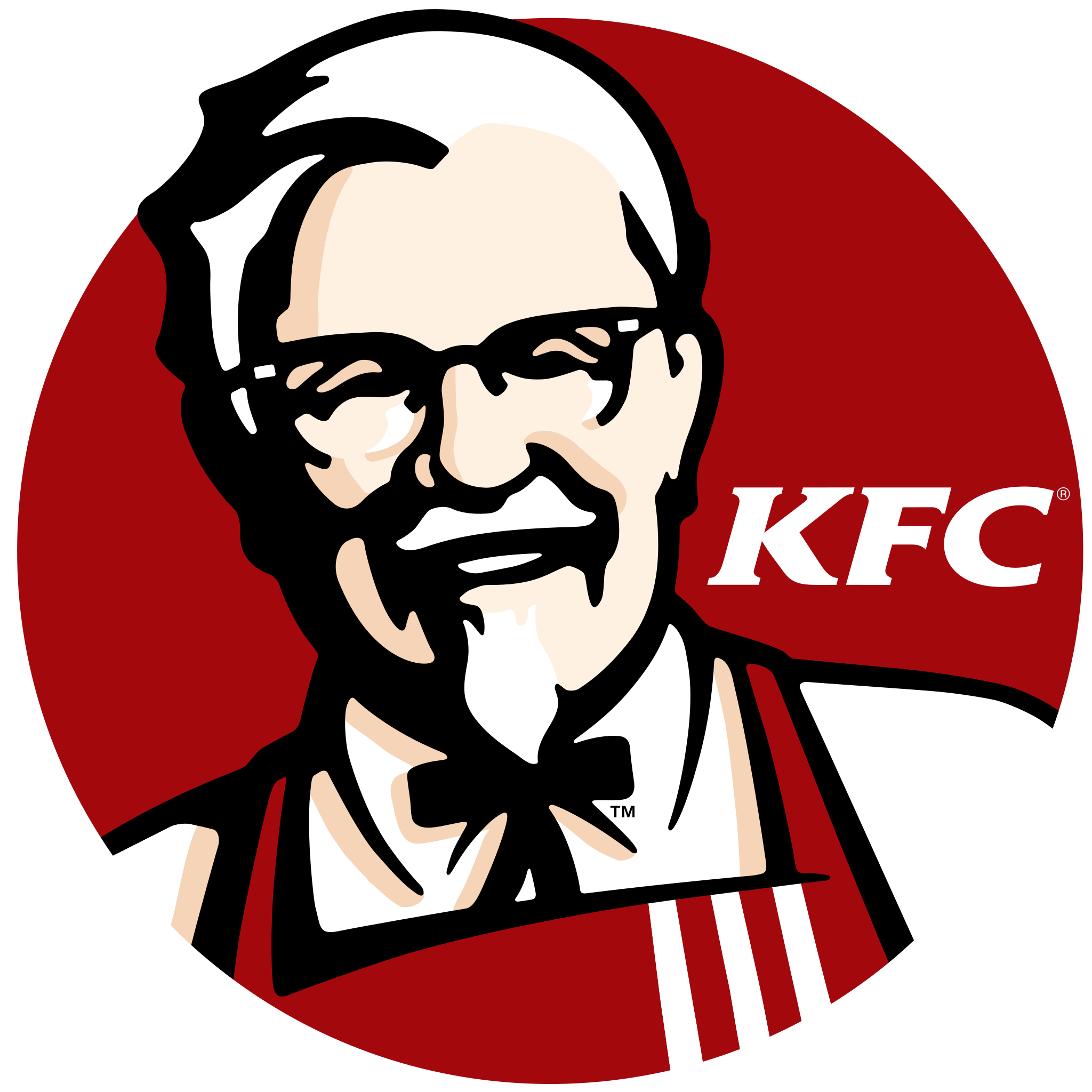Have you ever noticed the dusty stuff on packaged shredded cheese? It’s always there . . . whether you see it or not . . . and it’s an anti-caking agent. It keeps the shreds from sticking and lumping together.
Different companies use different methods. Kraft uses cornstarch . . . Tillamook uses potato starch . . . Sargento uses powdered cellulose, which is “refined wood pulp” . . . Lucerne uses both tapioca and potato starch. Other anti-caking agents can include calcium sulfate, which is a component in cement.
That sounds questionable, but they’re all food-safe in small amounts. Still, not everyone is excited about ingesting these substances raw.
So there’s a social media trend of people WASHING their shredded cheese before use. Most people are dumping the cheese into a colander . . . rinsing it with water . . . and then DRYING IT on a paper towel.
The water that strains out is cloudy, and sometimes discolored, which adds THEATRICS to the videos.
Yes, this is ridiculous . . . all-around.
Rinsing cheese is messy, and you have to measure it out first because you shouldn’t return the “cleaned” cheese to the fridge. Even if it’s dried, it can develop mold faster, because you may have washed off the “mold inhibitors” that are also added. (Kraft labels theirs as “natamycin.”)
You won’t drop dead from this stuff that’s included in shredded cheese, but if it seems unappetizing, there is another option:
Buying a block, and shredding your own cheese. It’s less convenient, but so is WASHING SHREDDED CHEESE. And it will probably have more flavor . . . and it can be cheaper.
(Here’s a TikTok of someone washing their shredded cheese. Here’s another amusing one. Then, there’s this guy who loves the rinsing process because he “doesn’t have time” to shred cheese.)
|
|



